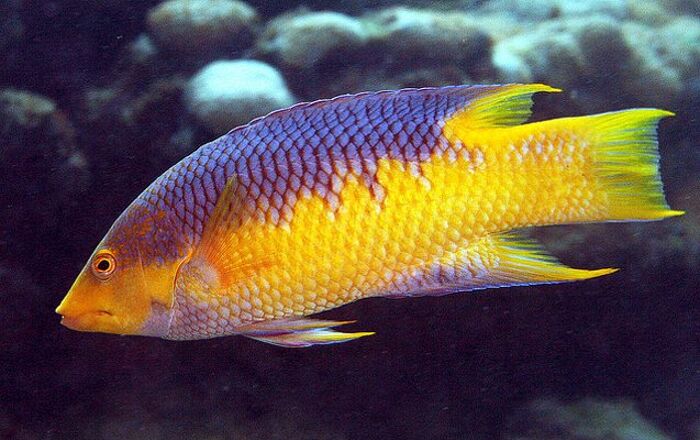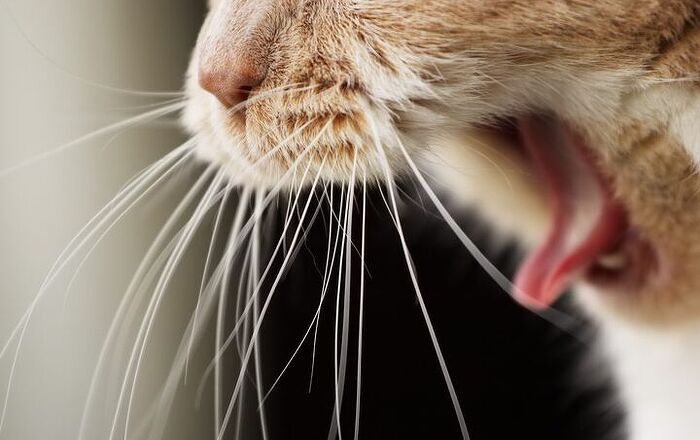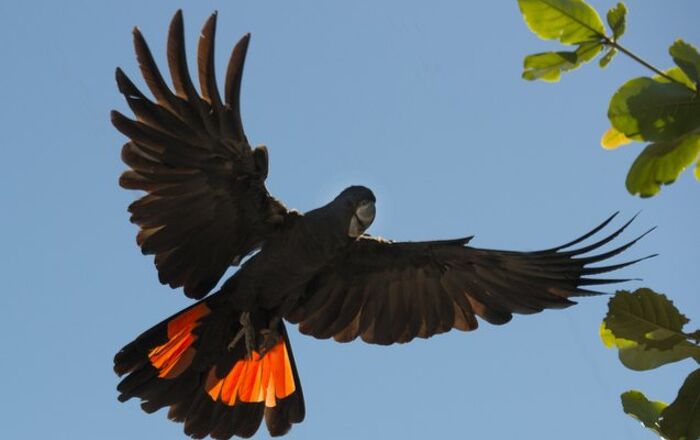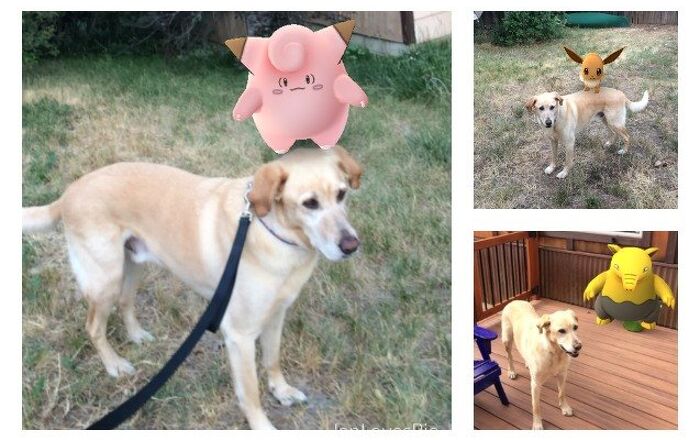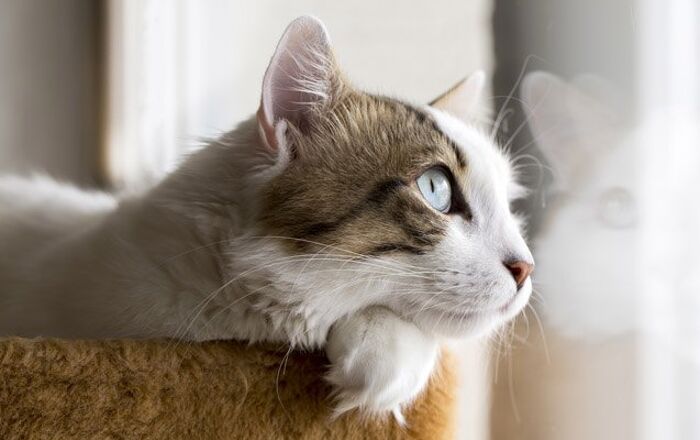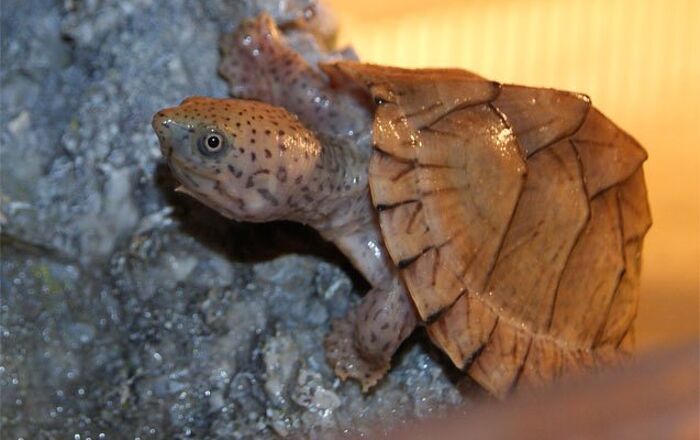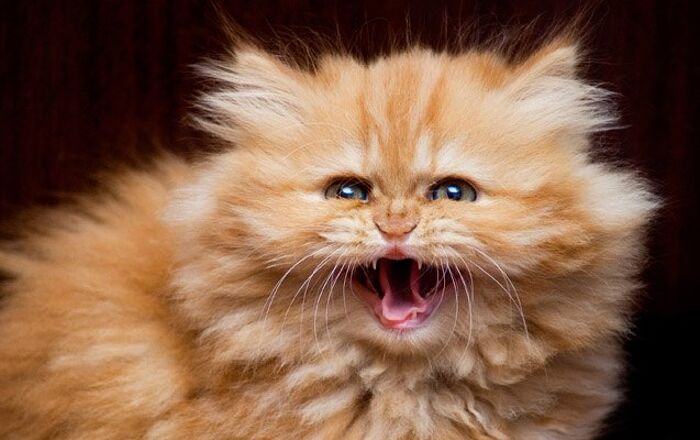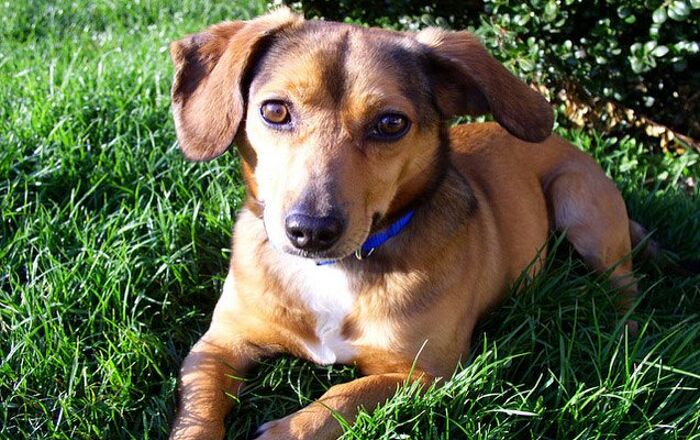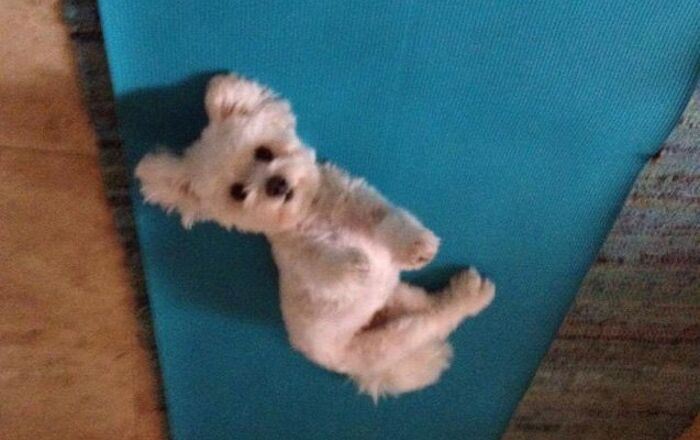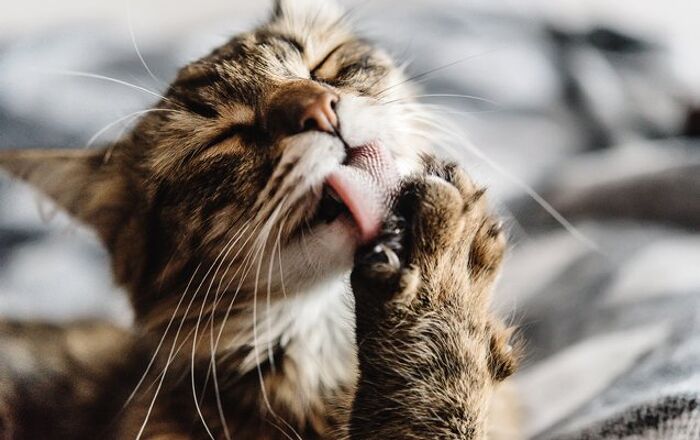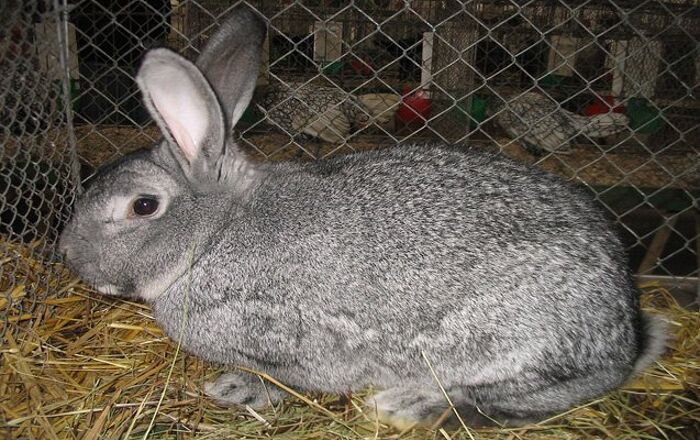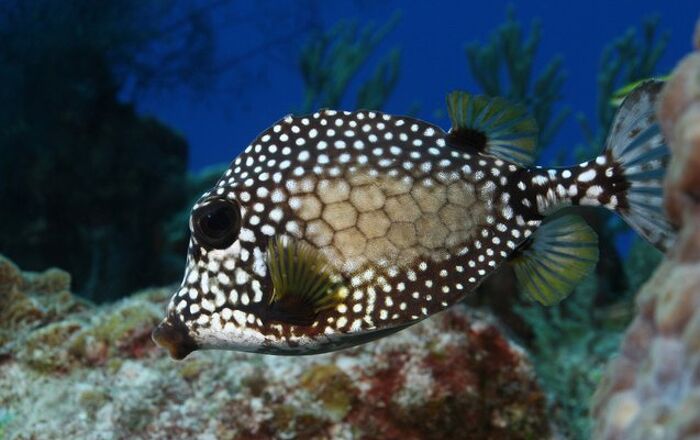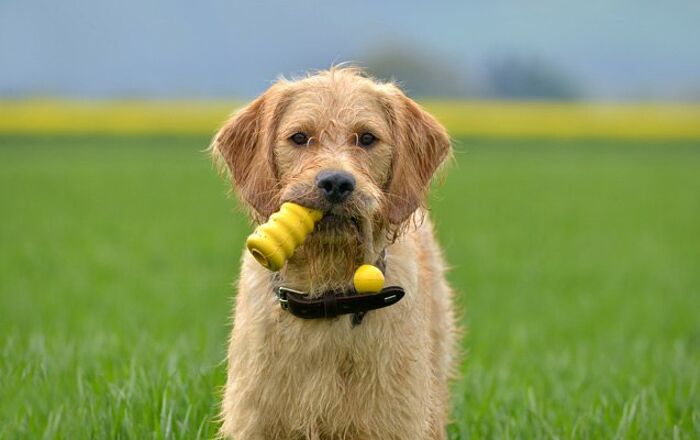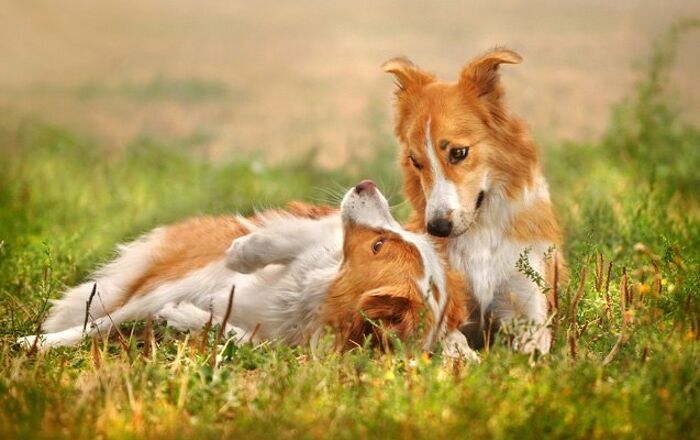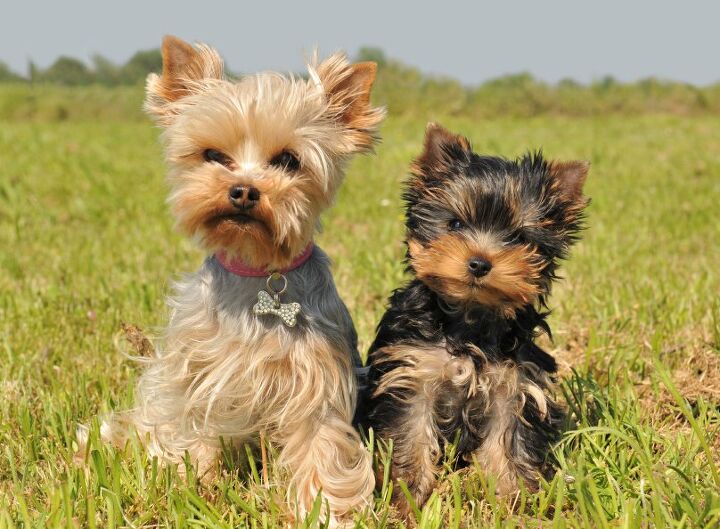
Helpful information to help you better understand Legg-Calve-Perthes In Dogs
Legg-Calve-Perthes in dogs is a hip joint disorder that affects the blood supply to the femoral head (femur). This is the bone that joins with the pelvis to form the hip joint. You’ve probably heard of the hip being referred to as ball and socket joint. This will help you understand Legg-Calve-Perthes better. The femoral head is the ball of the socket, while the pelvis is the socket. Because the blood supply is affected, the cells of the bone begin to die. As a result, the femoral head and neck of the femur begin to die.
There is no proven reason why dogs suffer from this disease. Some experts believe that it’s because of a decrease in sex hormones at an early age. Others say it could be caused by a previous injury, while some researchers think that it’s genetic, caused by chromosomal recessive gene that is inherited from both parents.
Legg-Calve-Perthes in dogs is commonly seen in miniature, toy and small-breed dogs. The onset of the disease usually takes place when the dog is five to eight months old. Both male and female dogs are affected equally. You should remember that even though you own one of these breeds, it doesn’t mean that your dog will suffer from it. The breeds that are susceptible include:
The symptoms of Legg-Calve-Perthes come on slowly and usually present over a period of six to eight weeks. If your dog has Legg-Calve-Perthes disease, you will see some of the following symptoms:
Most dogs need surgery to correct the issue. Called femoral head osteotomy (FHO), the surgeon makes an incision over the affect hip and removes the deformed or loose femoral head and neck. The bone heals on its own as fibrous tissue forms in the treated area, which means there no bone-on-bone grinding – the tissue provides a buffer. On top of that, the muscles help hold the hip in place. What’s wonderful about this surgery is that you’re encouraged to get your dog moving after the procedure has taken place (light activity, of course). This helps to increase the hip joint’s range of motion and strengthen the muscles. Physical therapy may also be recommended by your veterinarian.
You should see an improvement in as little as two to three weeks after surgery, with a full recovery after three to four months. You should continue physical therapy for better result and a faster recovery time. Your dog will be free of pain, but he may have a slight limp because his leg is shorter due to the femoral head and neck. Other than that, your dog can live a long and happy life!
